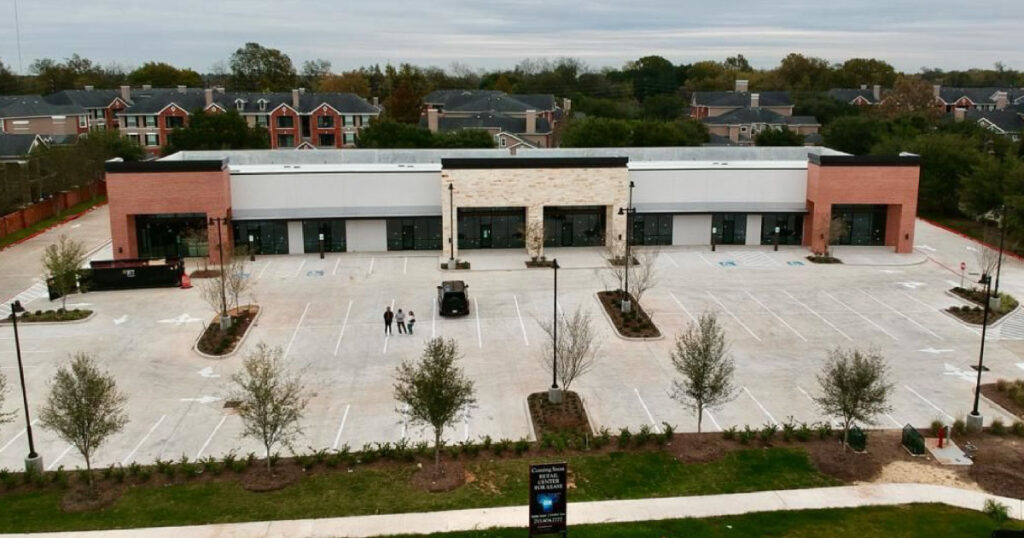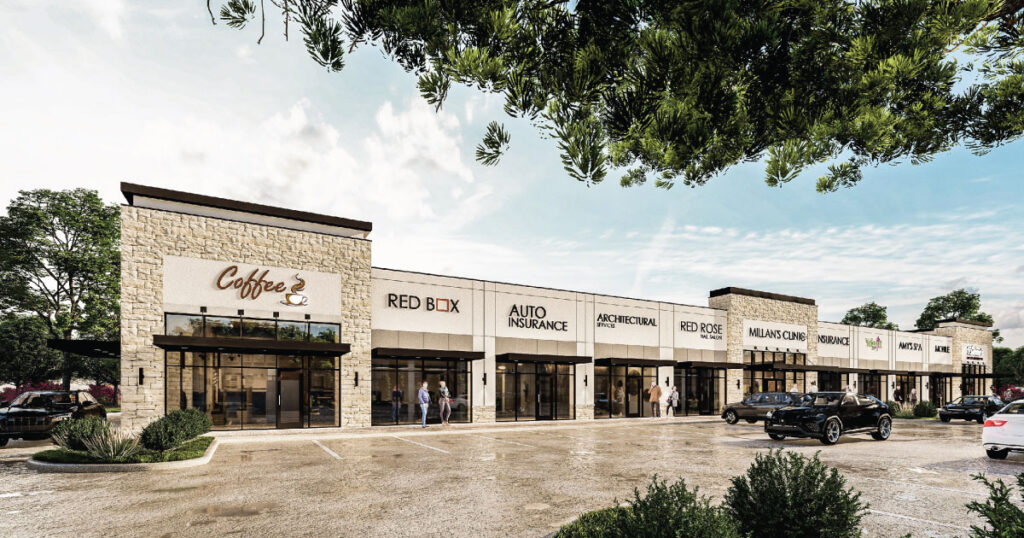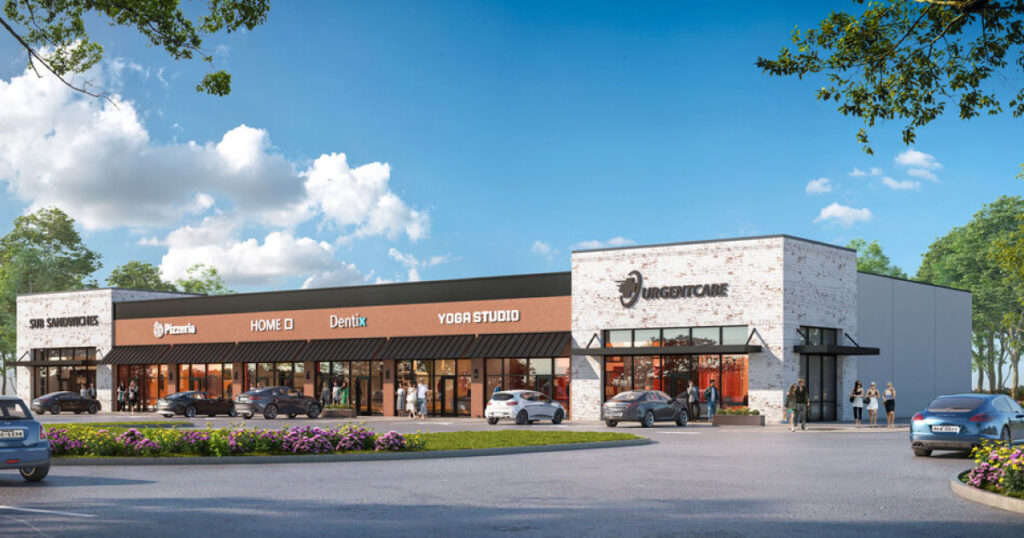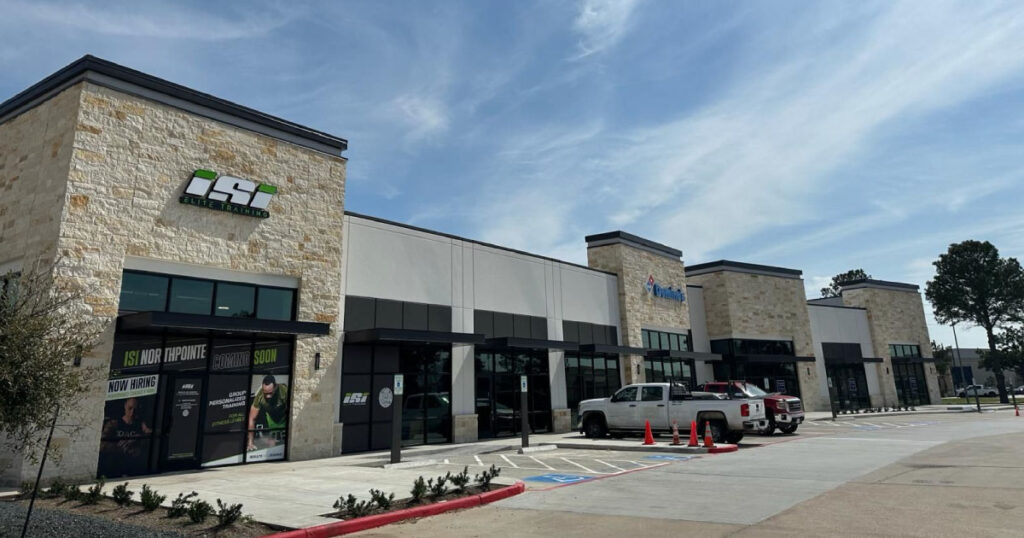In the ever-evolving landscape of real estate investment, master planned communities (MPCs) stand out as beacons of innovation and sustainability. These meticulously designed ecosystems offer more than just residential housing; they integrate commercial, recreational, and educational facilities to create self-sustaining environments. For investors, the commercial real estate within these communities presents unique opportunities for growth, stability, and diversification. Let’s delve into why investing in the commercial aspects of master planned communities is becoming an increasingly attractive proposition.
The Essence of Master Planned Communities
Master planned communities are the epitome of thoughtful urban planning, designed to provide residents with a holistic living experience. These developments are characterized by their vast size, encompassing large swathes of land that are built according to a master plan. This plan includes a variety of housing options, commercial districts, green spaces, schools, and community centers, all within the confines of the community. The goal is to create a self-contained world where residents can live, work, and play.
Opportunities for Commercial Real Estate Investors
Diverse Investment Options
The commercial real estate within MPCs offers a diverse array of investment opportunities, from retail centers and office spaces to entertainment venues and hospitality establishments. This diversity allows investors to tap into different income streams, reducing reliance on a single sector and thereby spreading risk.
Long-term Stability and Growth
The comprehensive planning and controlled development of MPCs contribute to their long-term stability and growth potential. Commercial properties within these communities benefit from a built-in customer base — the residents — leading to higher occupancy rates and stable rental income. Additionally, as the community grows and matures, property values and demand for commercial spaces are likely to increase, offering potential for capital appreciation.
Enhanced Appeal to Businesses
Businesses are drawn to MPCs for their cohesive and vibrant communities, which promise a steady flow of customers. The integrated nature of these developments means that businesses can thrive on the synergy between residential, commercial, and recreational spaces. Investors, in turn, benefit from the increased demand for commercial spaces, which can lead to higher rents and lower vacancy rates.
Community Engagement and Loyalty
Commercial real estate within MPCs enjoys the advantage of community engagement and loyalty. Businesses that serve the community become integral parts of residents’ daily lives, fostering a sense of loyalty and repeat patronage. This dynamic can create a stable and predictable business environment, reducing the risk for investors.
Navigating the Investment Landscape
Investing in the commercial real estate of master planned communities requires a strategic approach. Potential investors should consider factors such as the developer’s track record, the community’s growth prospects, and the compatibility of their investment goals with the development’s master plan. Additionally, understanding the needs and preferences of the community can guide investors in selecting the types of commercial properties to invest in.
Conclusion
The intersection of master planned communities and commercial real estate offers a fertile ground for investors seeking to diversify their portfolios and tap into the growth potential of integrated, sustainable developments. With their focus on comprehensive planning, community engagement, and innovation, MPCs represent a forward-thinking approach to real estate investment. As these communities continue to evolve and expand, the opportunities for commercial real estate investors are poised to grow alongside them, promising a future of stability, diversity, and sustainability in investment.





